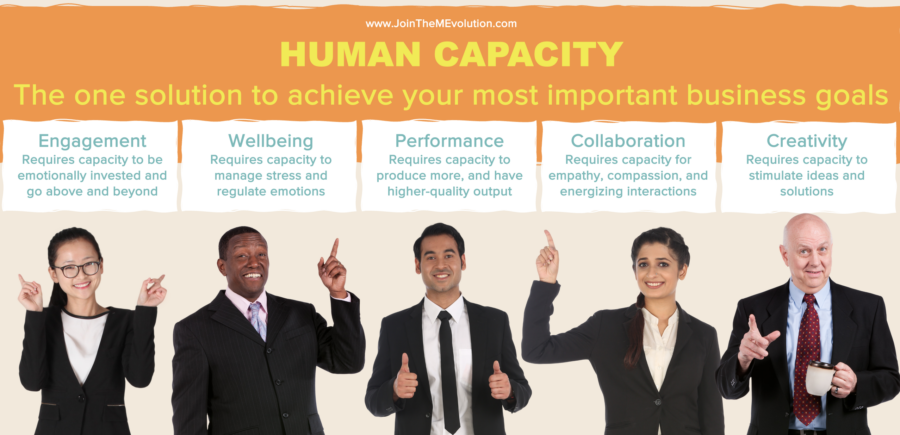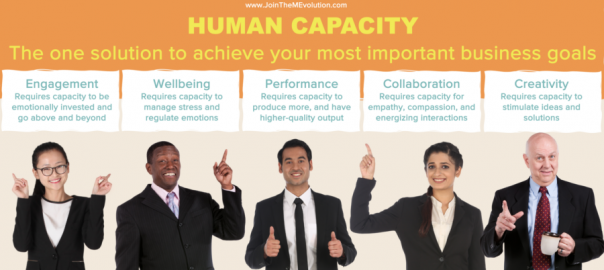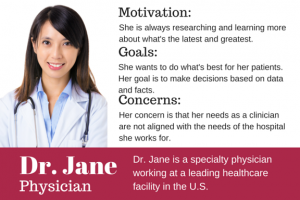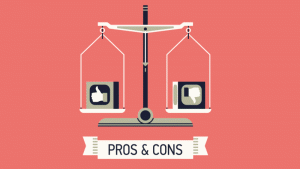
I have worked with a lot of organizations that are trying to achieve better employee engagement, better employee well-being, and higher levels of productivity. One thing that I have seen to be a common thread is that they can be so focused on some “number” that they think measures one of these outcomes, that they can lose sight of what it is that’s causing the number to be the way it is in the first place. For example, take the issue of burnout. Sure, proper time off is a wonderful thing. Helping employees recharge certainly helps. But it is only a part of the solution. It gives some immediate capacity and some breathing room…which, sadly, can then be quickly lost again if the sources of the burnout are not addressed. Burnout requires a two-pronged approach; a short term one to regain capacity and a long term plan to regain control. After regaining some capacity in the short-term, you will need to address the sources of the burnout with a longer-term vision, as often the sources are much more deeply rooted. Things such as meeting culture, expectations, lack of meaningful connection and the very way an organization operates, can all contribute.
It is when you understand what’s causing the “number” that you can then take the actions that will foster sustained positive change. So, what’s the secret to employees that are engaged, productive, resilient, and spread positive energy to those around them? Well, quite simply, they have greater capacity and are able to manage their energy. They are aware of their current state and can navigate to the best state for them, at that moment, for what it is they have to do.
For several years now, yes…before COVID, my company had been using our data driven process to understand what is truly needed for people to perform and feel their best throughout their day. Over a few years, our data revealed to us that there were a set of capabilities that enabled human capacity. We discovered that it was, in fact, capacity that held the key to reaching some of the biggest goals an organization had. That’s when we decided that we needed to focus our own energy on helping people unlock and manage their capacity as MEvolution. Because, the only way to achieve these big outcomes, such as well-being, performance and engagement, is to focus on the whole human. As I often say, employees might change their clothes to go to work (or these days, their top for a Zoom call) but they don’t change their brain.
So, why is capacity so important? Well, it literally impacts every aspect of our life.
Your brain needs energy to do anything. If it wants to take in information, process it, attach meaning and respond in the best way, it needs the space and fuel to do so. The more you have, the better you function. You are probably thinking, “no sh*! Sherlock!” But, have you ever stopped and thought about what that really means in your life? Do you ever stop and say, will this decision fuel me or deplete me? Will this choice give my brain the energy it needs? Because, when you have less capacity everything in your life dims. Capacity impacts your:
- Performance, because you have less energy to get things done. The more capacity you have, the better your output is. For example, think about a time when you have been tired and done work. You may well have gotten it done, but you likely could have gotten it done faster or better if you had more capacity.
- Well-being, because when you have less capacity, you may feel more stressed and you don’t have as much energy to fight illness.
- Emotions, because you have less capacity to regulate them. You may find that you experience more negative emotions or negative thoughts.
- Responses, as you may not have the capacity to see the options when faced with problems. You may be focused on only one or two possibilities and not be able to see the full picture.
- Relationships, because you don’t have as much space for others. Seeing where someone is coming from requires energy. Not to mention that energy is contagious. Your energy often enters the room before you do, it’s something that people can feel. You probably know people who energize you and those who drain you! Sometimes, you just have to think of them or see their name and you can feel a certain way!
Now, if you take this concept to the workplace, capacity impacts all of your big goals. As Adam Grant said in his NY Times article, “languishing is the neglected middle child of mental health. It’s the void between depression and flourishing — the absence of well-being. You don’t have symptoms of mental illness, but you’re not the picture of mental health either. You’re not functioning at full capacity. Languishing dulls your motivation, disrupts your ability to focus, and triples the odds that you’ll cut back on work.” Whatever term you want to use (and there has been much conversation about it), and whatever the reason you are lacking capacity, capacity simply impacts how you show up. In an organization, capacity impacts:
- Productivity, because capacity impacts output. You may have heard of presenteeism, a problem costing US businesses $ 150 billion per year because employees who are distracted, burnt-out, stressed, or experiencing negative emotions simply cannot show up at full capacity.
- Engagement, because engagement requires an emotional connection. With limited capacity, there is no space for an emotional connection. When employees are engaged, they are more likely to naturally choose to invest their time and energy into the organization.
- Collaboration, because energy and capacity directly impacts how well you interact with others. For example, if you have less capacity you are less aware in the moment, and your ability to listen and take in the clues that others give you decreases.
- Innovation, because mental space and capacity impacts how easily we see solutions, foster ideas and levels of creativity. There is a reason that you can think about a problem for ages sitting at your laptop, then you step away, take a walk, or have your shower, and suddenly a solution reveals itself. Your brain needs the space to see it.
- Inclusion, as when we have more capacity, more energy and we feel good, we are more tolerant, more open, and we can see other people’s perspectives better. These traits foster an inclusive and open environment.
So, if you want to help your organization reach its people goals and access your full human potential ask yourself:
- What is draining your people’s capacity today?
- Where are there opportunities to energize your workforce?
- How can you help them create and manage their capacity and energy?
Because once you unlock your human capacity, the rest of your goals will follow.
Business & Finance Articles on Business 2 Community
(18)









